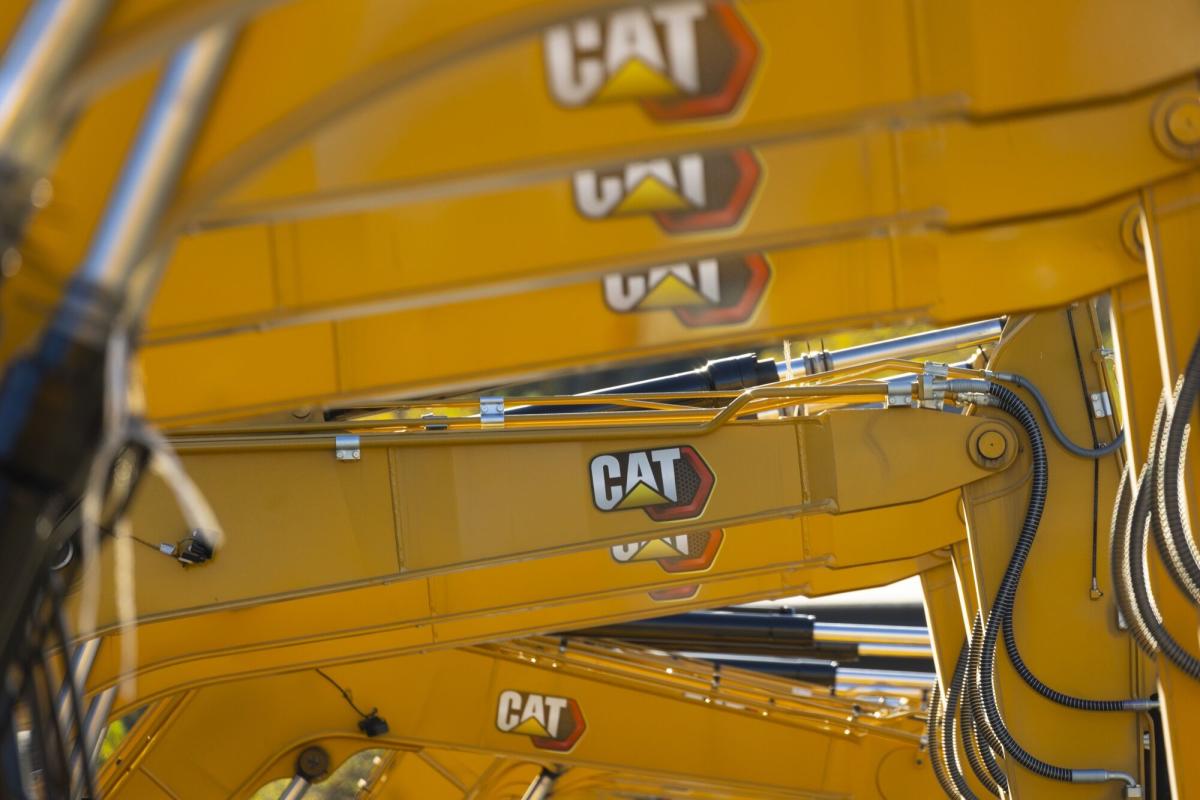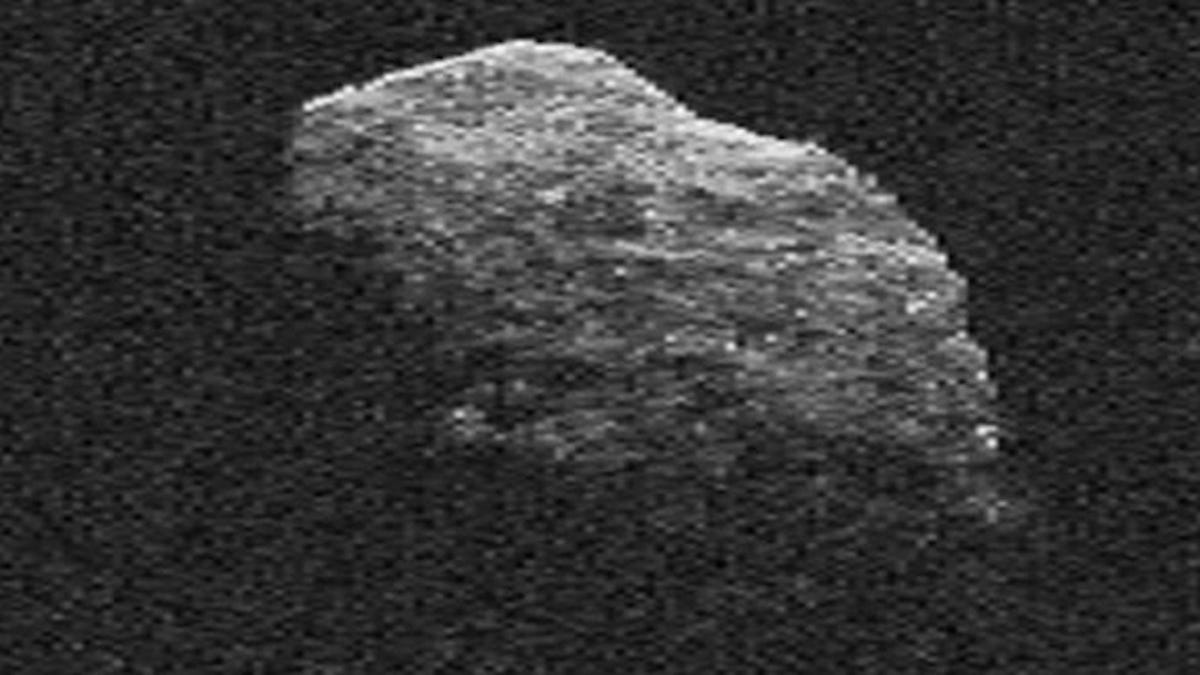
Ez a kép az első és az utolsó Insight szelfi között van felváltva összehasonlítás céljából. A NASA InSight szondája a robotkarján lévő kamerát használva 2018. december 6-án – mindössze 10 nappal a marsi landolás után – és 2022. április 24-én rögzítette ezeket a szelfiket. A szondán és napelemein vastag porréteg látható. az utolsó kép. Köszönetnyilvánítás: NASA/JPL-Caltech
Vessen egy pillantást közelebbről arra, hogy mi szükséges egy küldetés teljesítéséhez, miközben az InSight űrszonda áramellátása folyamatosan fogy.
közeli vége[{” attribute=””>NASA’s Mars InSight lander. The day is fast approaching when the spacecraft will fall silent, ending its history-making mission to reveal secrets of the Red Planet’s interior. Since the spacecraft’s power generation continues to decline as windblown dust on its solar panels thickens, the engineering team has already taken steps to continue as long as possible with what power remains. Despite these efforts, it won’t be long now, as the end is expected to come in the next few weeks.
Although InSight’s tightknit 25-to-30-member operations team – a small group compared to other Mars missions – continues to squeeze the most they can out of InSight, they’ve also begun taking steps to wind down the mission.
Here’s a glimpse of what that looks like.

This is NASA InSight’s first full selfie on Mars. It displays the lander’s solar panels and deck. On top of the deck are its science instruments, weather sensor booms, and UHF antenna. The selfie was taken on December 6, 2018 (Sol 10). Credit: NASA/JPL-Caltech
Preserving Data
With InSight (short for Interior Exploration using Seismic Investigations, Geodesy and Heat Transport), the most important of the final steps of the mission is storing its trove of data and making it accessible to researchers around the world. Already, the data from the lander has yielded details about Mars’ interior layers, its liquid core, the surprisingly variable remnants beneath the surface of its mostly extinct magnetic field, weather on this part of Mars, and lots of quake activity. More insights are sure to follow, as scientists continue to sift through the data.
InSight’s seismometer, provided by France’s Centre National d’Études Spatiales (CNES), has detected more than 1,300 marsquakes since the lander touched down in November 2018. The largest quake it detected measured a magnitude 5. It even recorded quakes from meteoroid impacts. Observing how the seismic waves from those quakes change as they travel through the planet offers an invaluable glimpse into Mars’ interior. Beyond that, these observations also provide a better understanding of how all rocky worlds form, including Earth and its Moon.

NASA’s InSight Mars lander took this final selfie on April 24, 2022, the 1,211th Martian day, or sol, of the mission. The lander is covered with far more dust than it was in its first selfie, taken in December 2018, not long after landing. Credit: NASA/JPL-Caltech
“Finally, we can see Mars as a planet with layers, with different thicknesses, compositions,” said Bruce Banerdt of NASA’s Jet Propulsion Laboratory (JPL) in Southern California, the mission’s principal investigator. “We’re starting to really tease out the details. Now it’s not just this enigma; it’s actually a living, breathing planet.”
The seismometer readings will join the only other set of extraterrestrial seismic data, from the Apollo lunar missions, in NASA’s Planetary Data System. They will also go into an international archive run by the Incorporated Research Institutions for Seismology, which houses “all the terrestrial seismic network data locations,” said JPL’s Sue Smrekar, InSight’s deputy principal investigator. “Now, we also have one on Mars.”
Smrekar said the data is expected to continue yielding discoveries for decades.

The rocket that launched NASA’s InSight lander to Mars in 2018 is seen at Vandenberg Air Force Base, now called Vandenberg Space Force Base. Credit: NASA/JPL-Caltech/Charles Babir
Managing Power
Earlier this summer, the lander had so little power remaining that the mission turned off all of InSight’s other science instruments in order to keep the seismometer running. They even turned off the fault protection system that would otherwise automatically shut down the seismometer if the system detects that the lander’s power generation is dangerously low.
“We were down to less than 20% of the original generating capacity,” said Banerdt. “That means we can’t afford to run the instruments around the clock.”
Recently, after a regional dust storm added to the lander’s dust-covered solar panels, the team decided to turn off the seismometer altogether in order to save power. Now that the storm is over, the seismometer is collecting data again. However, the mission expects the lander only has enough power for a few more weeks.
Of the seismometer’s array of sensors, only the most sensitive were still operating, said Liz Barrett, who leads science and instrument operations for the team at JPL, adding, “We’re pushing it to the very end.”
ikercsomagok
A csapat csendes tagja a ForeSight, az InSight teljes méretű mérnöki modellje a JPL-nél Helyszíni szerszámlabor. A mérnökök a ForeSight segítségével gyakorolták, hogyan helyezhet el az InSight tudományos műszereket a Mars felszínén a rover robotkarja segítségével. Teszttechnikák Ahhoz, hogy a szonda hőmérséklet szondája bekerüljön A Mars ragadós talajamódszerek fejlesztése Zajcsökkentés Szeizmométer vette fel.
Az Forsight tárolódobozba kerül. „Szeretetteljes gondoskodással fogjuk megtölteni” – mondta Banerdt. – Remek eszköz volt, nagyszerű társunk az egész küldetés során.

A Jet Propulsion Laboratory egyik tesztterében a mérnökök az InSight műszereket a ForeSight segítségével, a leszállóegység teljes méretű másolatával oktatják, amelyet a küldetés befejezése után mobilizálnak. Sok mérnök napszemüveget visel, hogy elzárja a napfényt utánzó, a Marson megjelenő élénksárga fényeket. Köszönetnyilvánítás: NASA/JPL-Caltech/IPGP
Bejelentés a küldetés befejezéséről
Amikor az InSight két egymást követő kapcsolatfelvételt kihagy a Mars körül keringő űrhajóval, Mars Relay NetworkA NASA bejelenti a küldetés végét. Ez a szabály azonban csak akkor érvényes, ha a kapcsolat megszakadásának oka maga a szonda – mondta Roy Gladden, a JPL hálózati adminisztrátora. Akkor, A NASA Deep Space Network Egy darabig még hallgat, hátha.
Azonban nem lesz hősies lépés az InSight-hoz való újrakapcsolódáshoz. Bár egy küldetésmentő esemény, például egy erős szél, amely megtisztítja a paneleket, nem lehetetlen, teljesen valószínűtlennek tartják.
Addig is, amíg az InSight kapcsolatban marad, a csapat folytatja az adatgyűjtést. „Ameddig csak lehetséges, továbbra is tudományos méréseket fogunk végezni” – mondta Banerdt. „A Mars irgalmának vagyunk kitéve. Az időjárás a Marson nem eső és hó, a Marson por és szél.”
Bővebben a küldetésről
A NASA Jet Propulsion Laboratory (JPL) irányítja a NASA Science Mission Directorate InSight programját. Az InSight a NASA Discovery Program része, amelyet az ügynökség Huntsville-ben, Alabama államban található Marshall Űrrepülési Központ irányít. A denveri Lockheed Martin Space megépítette az InSight űrhajót, beleértve a körutazási színpadot és a leszállóegységet, és támogatja a küldetés űrhajó-műveleteit.
Számos európai partner, köztük a Francia Nemzeti Űrkutatási Központ (CNES) és a Német Repülési Központ (DLR) támogatja az InSight küldetést. A National Center for Space Studies az Inner Structure Seismic Experiment (SEIS) eszközt bocsátotta a NASA rendelkezésére az IPGP (Institut de Physiques d’Institut d’Institut d’Institut d’Institut du Physique in the Institut d’Institut du Physique) vezető kutatójával. Világ Párizsban). A Közös Környezeti Információs Rendszerhez jelentős hozzájárulást nyújtott az IPGP; Max Planck Naprendszer-kutató Intézet (MPS) Németországban; Svájci Szövetségi Technológiai Intézet (ETH Zurich) Svájcban;[{” attribute=””>Imperial College London and Oxford University in the United Kingdom; and JPL. DLR provided the Heat Flow and Physical Properties Package (HP3) instrument, with significant contributions from the Space Research Center (CBK) of the Polish Academy of Sciences and Astronika in Poland. Spain’s Centro de Astrobiología (CAB) supplied the temperature and wind sensors, and the Italian Space Agency (ASI) supplied a passive laser retroreflector.

„Utazási specialista. Tipikus közösségi média tudós. Az állatok barátja mindenhol. Szabadúszó zombinindzsa. Twitter-barát.”





More Stories
Hogyan készülnek a tudósok Apophis riasztó közeledésére a Föld felé?
Ha űrszemét érkezik egy otthonba, ki fizeti a javítást?
Starlink küldetés kedden Cape Canaveralról